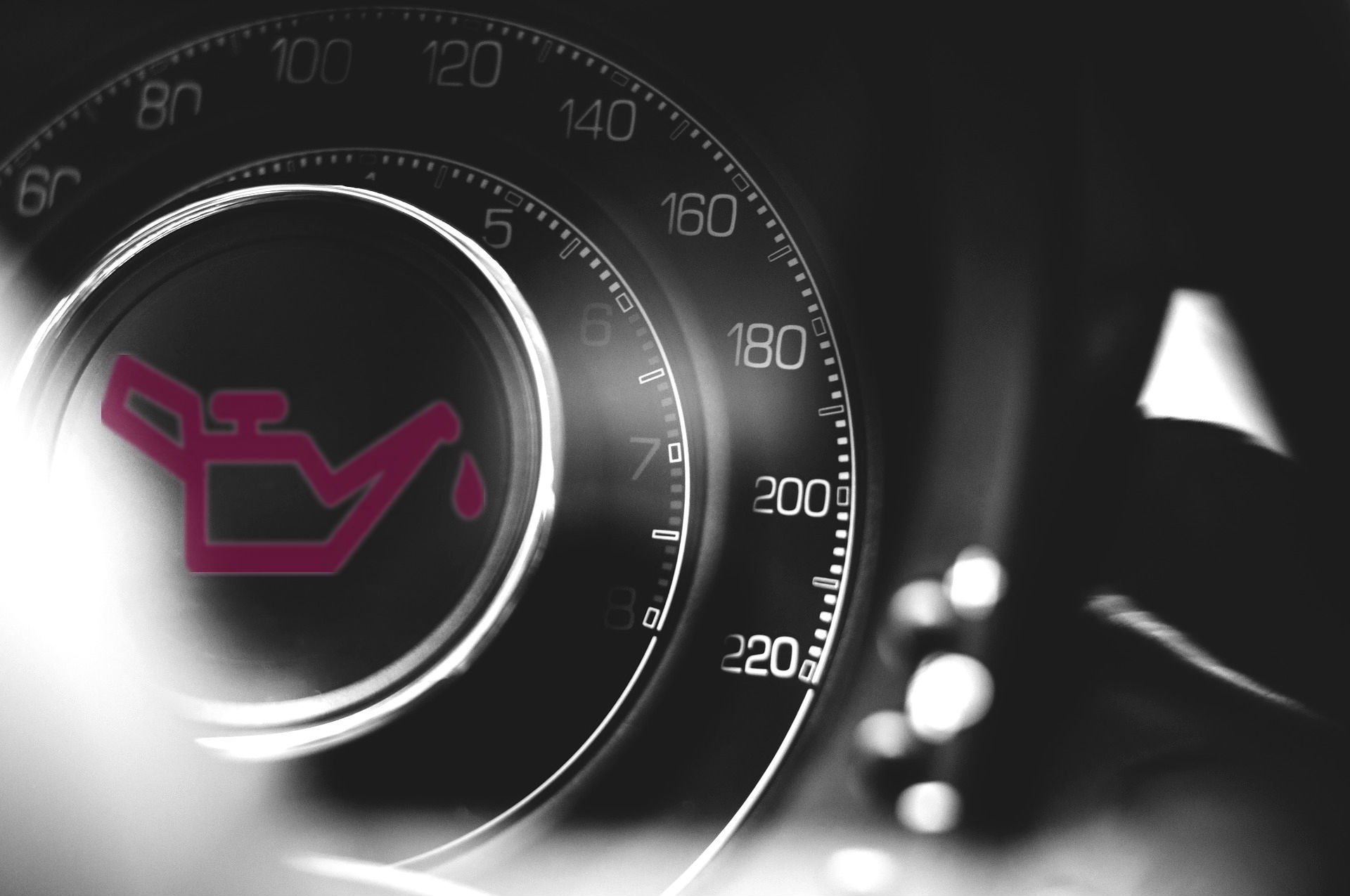DIY: A Guide on How to Change Your Vehicle's Engine Oil
By on Mar 05 2016

DIY oil change
In the debate of changing your own oil versus going to the shop to have it done, there's a lot to consider: do you have the time, equipment, the know-how? What's the real cost of each? What are the savings? Is it worth it?
There's just something about DIY that tends to make us feel good, though, no matter what it is. Nothing beats that sense of accomplishment, that unyielding pride of just doing it, and if you can save yourself some time and money in the process, it certainly doesn't hurt.
Everyone has different reasons for why they change their own oil or why they don't bother. Often it boils down to knowledge. While some people don't have the have the space or the time to get their hands dirty, or don't think the savings outweigh the hassle, many people just don't know how to change their own oil, and therefore don't know how to accurately weigh the pros and cons of even learning such a skill.
Regardless of your own personal feelings about changing your own oil, the knowledge of how is a great skill to have, even if it's just so you can value the quality and cost of the oil changes you pay for.
Before you even think about changing anything in your vehicle, having the right materials is a must.
Gather relevant tools and materials
First, you will obviously need oil. What kind and how much will vary depending on your vehicle and your own preferences. Consult your owner's manual for the type and weight of oil specific to your vehicle. In a world of fully synthetic, semi-synthetic, and mineral grades of oil, research is your friend. A number of different factors will determine this material. You can find our wide selection of top-quality passenger car engines oils here!
Apart from the engine oil, you will also need an oil filter, oil pan, oil filter wrench, a ratchet set, oil pan, and a container to store the used oil. If your vehicle is low to the ground and not easy to get underneath (eg. Not an SUV, Jeep, etc.), you will also need a jack stand or a set of car ramps to access your undercarriage. To prevent oil spills in your garage or driveway, it's not a bad idea to park your car on top of a plastic tarp or sheet: it'll prevent unsightly stains and your local ecosystem will thank you. If you do have a spill, these absorbent products are your friends.
Getting down to business
Jack up the car and remove the oil cap under your hood. The airflow will help the oil empty quicker from the plug underneath your vehicle. Place your oil pan under the drain to collect the oil and use your ratchet set to remove the plug. Do so carefully if you don't want to splash oil and make a mess. Once the old oil has finished draining, refasten the plug.
With the oil drained, it's time to change the filter. If you're not sure where it is, consult your manual. Move your oil pan underneath it, because more oil will empty once the filter is off. Use your filter wrench to loosen it, then manually unfasten it with your hands. Once the last bit of oil drains, wipe the filter's seat clean with a rag and rub some of the new oil on the rubber gasket of the new filter. Put the filter in its seat and twist it back by hand. Always hand-tighten the filter. Only use the filter wrench to loosen it.
Leave your pan underneath your vehicle and put the new oil in the reservoir. Check underneath to be sure no oil is leaking. Start your engine, check that your oil pressure is good, and let it heat up a bit. Kill the engine and use a dipstick to measure the oil in your reservoir. Add more if needed. If everything is A-OK, put your oil reservoir back on and pat yourself on the back for a job well done.

Note that your used engine oil needs to be disposed of properly. Many auto stores can accommodate getting rid of your used oil. A simple internet search will also help you find a local oil/oil filter recycling center.
That's it!
While it might seem that taking your car to the local lube shop is more convenient than changing your own oil, the DIY process has many perks. When changing your own oil, you know what exactly is going in to your vehicle (you control the quality of both the oil and the oil filter), you know that your vehicle is being handled properly (no one knows your car like you do!), the savings can be significant (especially if you keep your eye out for deals), and of course there is no greater sense of personal accomplishment than working with your own two hands to accomplish your goal.
Looking to get down and dirty? Check out Petroleum Service Company for the best selection of quality lubricants on the internet.










